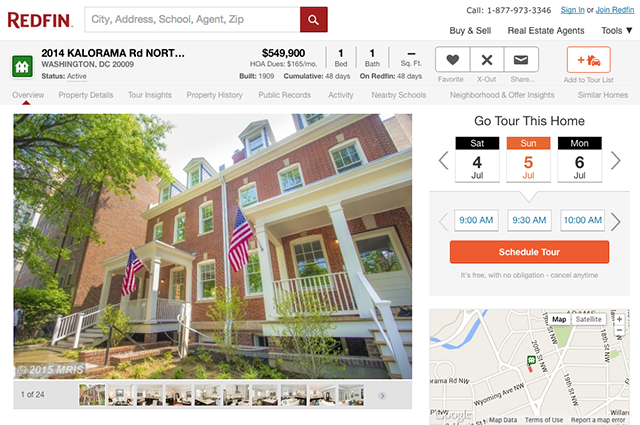Posted by Ian Cook, head of IT, charity: water Editor's note: Today’s post comes from Ian Cook, head of IT at charity: water, a non-profit organization that provides clean and safe drinking water to people in developing nations. Learn about how the organization is using Chromebox for meetings to keep the team connected, from its New York City HQ to onsite in Cambodia.
At charity: water, our mission is to bring clean and safe drinking water to every person on the planet. We have a “100 percent model,” which means every dollar donated goes directly to the field to fund clean water projects. This is made possible by a small group of passionate and dedicated supporters who cover all of our operating costs: everything from staff salaries, to flights to the field, to the ink in our printer.
At charity: water transparency is one of our core values, and with the help of Google we maintain transparency in two major ways. We use the
Google Maps APIs to show every supporter exactly what we've done with their donation by giving them the GPS coordinates, photos and community information of the exact projects they made possible. We also rely heavily on tools like
Chromebox for Meetings to communicate with our global team; our headquarters is in New York, but we have staff that work remotely in Europe, Asia, and Africa.
We switched to Chromebox for Meetings after testing different products, and gathering feedback from our employees. They found Chromebox for Meetings to be the best solution: powerful, easy to use and seamlessly integrated with
Google Apps. When we moved into a new, custom office space, we opted to include screens connected to Chromebox for Meetings in all nine of our conference rooms.
We like when technology enables, rather than interrupts, our natural flow of working. At any time, more than half our conference rooms are booked for virtual meetings, allowing us to connect instantly with colleagues around the world. We even have a 48-inch TV mounted at standing height on a media cart, which we move into the common area for company wide meetings. Remote employees can join via Hangouts and participate as if they were standing beside their colleagues. In fact, our first UK-based employee is connected with our New York City headquarters on
Google Hangouts almost every day.
With simpler video conferencing, we’ve improved work-life balance by giving everyone, from interns to executive staff, more flexibility to work from anywhere at any time. Chromebox for Meetings is easy to scale and mobile-friendly, which is important since travel is core to what we do. Using Hangouts in conjunction with
Chrome device management also allows us to help out employees with IT issues in real time, which is essential for a global team that often works remotely. I can share screens and fix problems whether at the office, at home or on the road.
Our team’s made up of excited, passionate people, running a non-profit much like a fast-paced technology startup. We need tools that help us work more collaboratively, even when a number of our team members are dispersed across the globe. We’ve even started an initiative to hire the best talent for the job, regardless of physical location. We wouldn’t be able to do this without powerful video conferencing technology and work tools that enable mobility. With Chromebox for Meetings and Google Apps, we can work better at achieving our mission while maintaining the transparency that’s at the core of our values.




